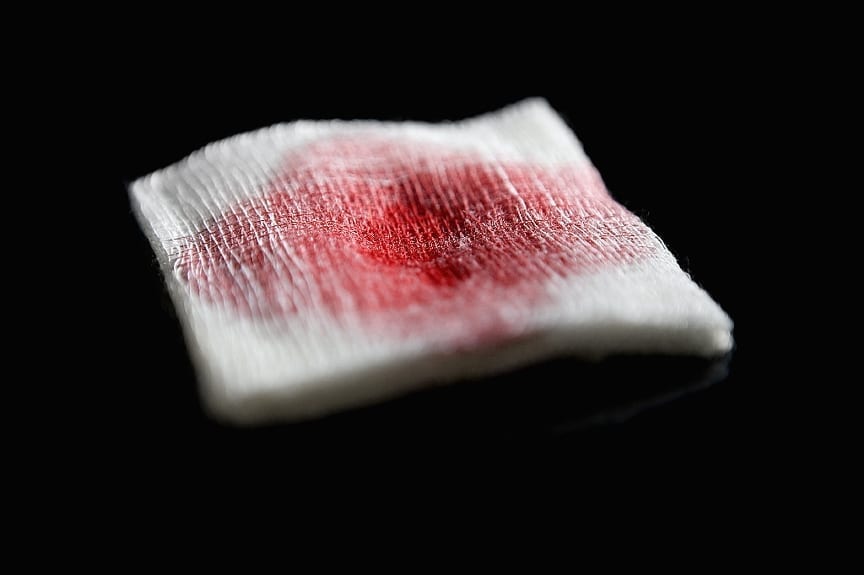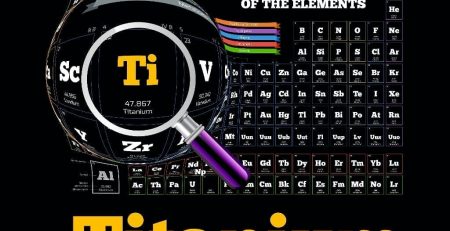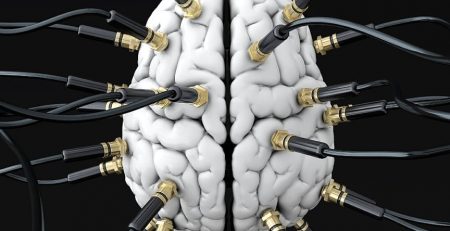Harvard’s Wyss Institute Improves Blood-Cleansing Sepsis Device
The Mayo Clinic defines sepsis as a potentially life-threatening complication of an infection that occurs when chemicals released into the blood stream to fight said infection trigger inflamitory responses throughout the body. This inflamation can trigger a number of changes that can lead to organ failure, dramatic drops in blood pressure, and even death.
A team at Harvard’s Wyss Institute have been working on a spleen-like device that cleanses pathogens from the blood by flowing through a dialysis-like circuit since last year, but the team recently developed an improved device that incorporates antibiotic therapies and is better positioned for near-term use in clinics, according to the Harvard Gazette. Sepsis is so dangerous because often times the pathogen responsible for triggering the septic condition is not able to be identified, so clinicians prescribe a blanket of antibiotics in hopes of stopping the bacteria. However, there are several pathogens – such as biruses, fungi, and parasites, that don’t respond to antibiotics.
The Wyss Institute’s method can be administered quickly, without having to identify the pathogen causing the sepsis, through the use of a proprietary pathogen-capturing agent that binds to all types of live and dead infectious microbes and the toxins they release.
“Using the device, alone or alongside antibiotics, we can quickly bring blood back to normal conditions, curtailing an inflammoatory response rather than exacerbating it,” said Tohid Fatanat Didar, a postdoctoral fellow at the Wyss Institute, and research fellow at Boston Children’s Hospital. “If all goes well, physicians will someday be able to use the device in tandem with standarad antibiotic treatments to deliver a one-two punch to pathogens, synergistically killing and cleansing all live and dead invaders from the bloodstream.














